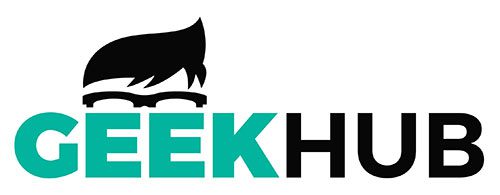On Friday, Tesla’s shares took a nosedive, dropping nearly 9% and wiping out roughly R1 trillion from the company’s market value. This followed the highly anticipated unveiling of its robotaxi, the “Cybercab.” The stock closed at $217 (approximately R4,000), reflecting a 12% decline year-to-date.
At a Hollywood event, CEO Elon Musk presented the Cybercab, a fully autonomous vehicle slated to launch in 2026 with a price tag under $30,000 (roughly R550,000). He also introduced a robovan designed to carry up to 20 passengers, claiming it would revolutionize cityscapes by turning parking lots into parks. Musk envisioned a future where all transport would be fully autonomous within 50 years, asserting that self-driving vehicles could be ten times safer than those driven by humans.
However, this grand vision was met with a healthy dose of skepticism from investors and analysts alike. Musk has a history of overpromising and underdelivering when it comes to deadlines and technological advancements. Remember the “full self-driving” feature that was supposed to be ready years ago? It’s still in beta and facing regulatory scrutiny. Similarly, the Cybertruck, first unveiled in 2019, has seen repeated production delays.
This track record of missed deadlines and inflated claims fuels investor doubt. They’ve heard these bold pronouncements before, and they’re wary of being swept up in another wave of hype without seeing concrete evidence.
Tom Narayan, an analyst at Royal Bank of Canada, noted that the event seemed more focused on branding than providing the detailed metrics investors typically expect. Many were hoping for information on a more affordable model with pedals and a steering wheel, but none was forthcoming.
Garrett Nelson from CFRA shared similar sentiments, highlighting the brevity and lack of substance in the presentation.He pointed out that while the Cybercab’s reveal generated interest, the event raised many questions about Tesla’s immediate product roadmap, including plans for an affordable model and the Roadster, both of which Musk previously stated would be in production by 2025.
The event, dubbed “We, Robot,” was delayed due to a medical emergency involving an attendee and lasted less than half an hour. Musk showcased the Cybercab with its distinctive gull-wing doors, emphasizing its reliance on AI and cameras instead of lidar technology used by competitors like Waymo. However, the lack of a clear business model or strategies to navigate regulatory challenges left many skeptical.
While Musk assured that the operational cost of the Cybercab would be around 20 cents per mile (R3.70 per km) and that robovan operations would be even cheaper at 5 cents per mile (R0.93 per km), analysts cautioned that establishing a reliable robotaxi service could take years, given the complexities of safety and regulatory hurdles.
Investors are particularly worried about Tesla’s declining vehicle deliveries and the possibility of the company facing its first-ever sales drop this year. Ongoing price cuts to stimulate demand have also squeezed profit margins. As Tesla shifts its focus from traditional vehicles to autonomous solutions, the pressure is on to deliver on promises that have often been met with skepticism.
Musk’s ambitious claims about an autonomous future continue to capture the public imagination, yet questions linger about the practical implementation of these technologies. Jessica Caldwell from Edmunds highlighted the gap between Musk’s vision and the real-world challenges that must be overcome to achieve it. As Tesla navigates this uncertain terrain, the market’s reaction suggests that investors are looking for more tangible commitments and timelines
